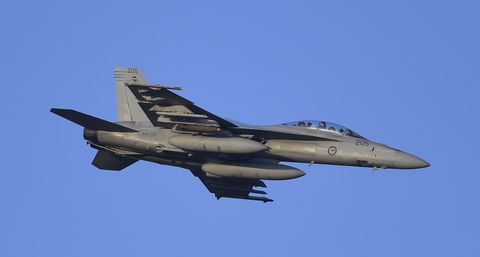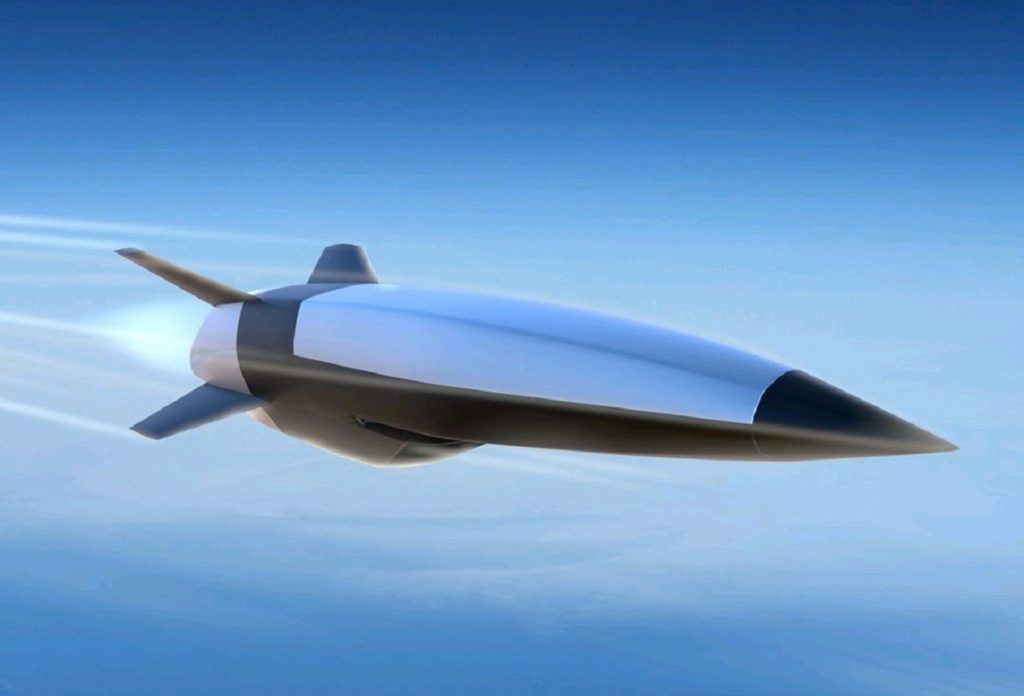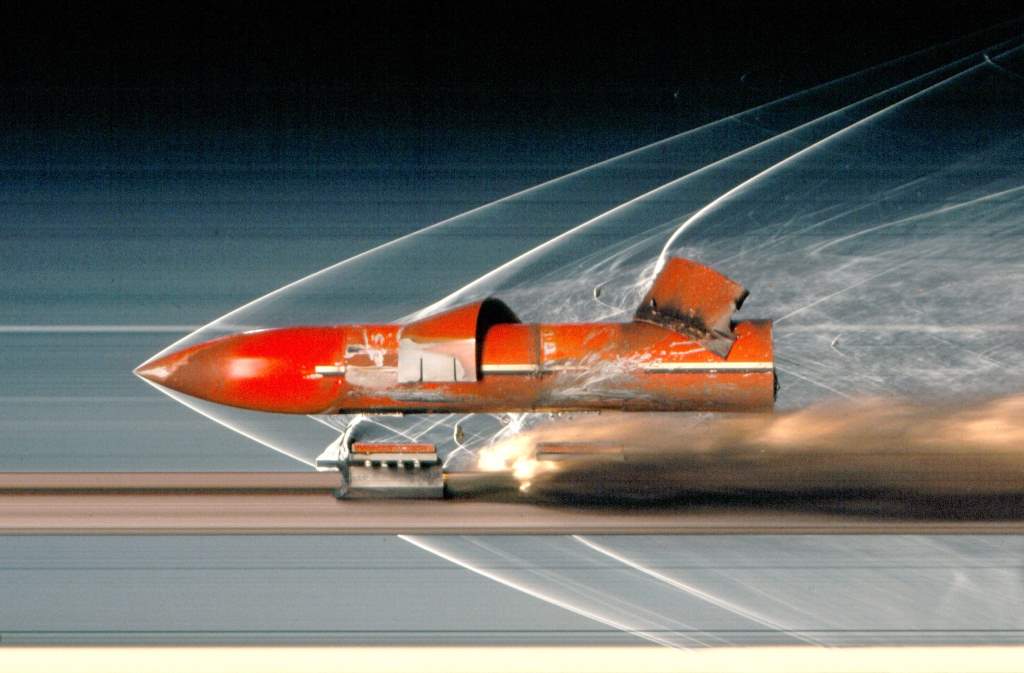Hypersonic Attack Cruise Missile (HACM) will be the first scramjet-powered weapon to enter production.

Raytheon
The Pentagon has plenty of cruise missiles in its arsenal, from the long-serving Tomahawk to the new JASSM-ER. But a new missile set to enter service in 2027 is radically different: the new Hypersonic Attack Cruise Missile (HACM) will fly up to 20 times faster, giving adversaries little time to escape its wrath. HACM will be the first mass-produced weapon to use air-breathing scramjet engines.

Raytheon and Northrop Grumman won a contract worth $985 million to develop the world’s first hypersonic cruise missile. HACM, developed for the United States and Australia, is an air-launched hypersonic cruise missile designed to quickly strike targets on the ground. Under the terms of the contract, the Pentagon should see the first operational missiles in 2027.

A Royal Australian Air Force F/A-18F Super Hornet conducts a strafing run as part of Exercise Nigrum Pugio on October 14, 2020 in Townsville, Australia. The F/A-18F is one aircraft that will carry the Hypersonic Attack Cruise Missile.
In 2020, the U.S. and Australia jointly began the Southern Cross Integrated Flight Research Experiment partnership, or SCIFiRE. Named after the constellation that appears on Australia’s national flag, SCIFiRE was meant to develop an air-breathing hypersonic weapon system designed to be carried on both U.S. and Australian aircraft, including the F/A-18 Super Hornet, F-35A Joint Strike Fighter, P-8A Poseidon aircraft, and others. The contract will mature the Raytheon SCIFiRE prototype into an actual weapon system.
HACM is a tactical weapon designed to be used on day one of a large-scale conventional conflict. “HACM will provide our commanders with tactical flexibility to employ fighters to hold high-value, time-sensitive targets at risk while maintaining bombers for other strategic targets,” Air Force Chief of Staff Gen. CQ Brown said in an Air Force statement last week.

Traditional cruise missiles are basically pilotless aircraft. Like many aircraft, turbofan engines power cruise missiles, propelling them at subsonic speeds. Cruise missiles fly low to avoid radar detection, and a slower speed helps them fly lower and hug the ground. Tomahawk cruise missiles, for example, fly at an altitude of between 98 and 164 feet at a speed of 550 miles per hour.
HACM is a hypersonic weapon, which means it flies at Mach 5 or faster—but we don’t know exactly how much faster it will fly. Most missiles that remain in the atmosphere, like air-to-air missiles, top out at around Mach 3+. SCIFiRE was descended from the earlier HIFiRE program, which tested a scramjet engine at speeds up to Mach 8.

A penetrating payload speeds down the Holloman High Speed Test Track at Holloman Air Force Base during impact testing. The test track is operated by the 846th Test Squadron, whose work aids development of hypersonic technology
HACM will be the world’s first operational weapon system to use a scramjet engine. Like turbofan engines, scramjets scoop up oxygen from the surrounding atmosphere to use as fuel. One key difference between the two is that a turbofan engine scoops up oxygen at subsonic speeds, while a scramjet scoops it up at supersonic speeds. More oxygen means more fuel for the scramjet engine, which enables it to propel the missile even faster. According to NASA, scramjet engines should work to at least Mach 15. That translates to 11,509 miles per hour, or fast enough to circle Earth in about two hours.





